As businesses migrate their infrastructure and architecture to reflect a cloud-native, data-driven era, we’ve seen a rise in the topics of cloud computing, containerization, and container orchestration. When bringing up these trends it’s hard to ignore some of the big names, like Kubernetes and Docker, which have for lack of a better word, revolutionized the way we develop and deploy software at scale.
Whether you’re a developer, data scientist, product manager, or something else, there are two tools that you’ll want to become very comfortable with: Docker and Kubernetes.
Docker, the containerization platform, and Kubernetes, the container orchestration platform are both fundamental tools that are crucial to furthering your career.
Today, we’ll take a look at:
What is Docker and Docker containers and why should I use them?
What is Kubernetes and why should I use it?
The difference between Docker and Kubernetes
Docker and Kubernetes: better together
Getting started with Docker
Getting started with Kubernetes
(If you’re already familiar with Docker and Kubernetes you can skip straight to the ‘Getting started’ sections)
What is Docker, and why should I use it?
A Real Life Scenario: Docker makes it really easy and simple for different people working on a project to run their application in the same environment without any dependencies or OS issue involved as Docker provides its own OS. Consider this before and after scenario:
Before Docker: a developer sends code to a tester but it doesn’t run on the tester’s system due to various dependency issues, however it works fine on the developer’s end.
After Docker: As the tester and developer now have the same system running on Docker container, they both are able to run the application in the Docker environment without having to face differences in dependencies issue as before.
A little more about Docker and containers:
Docker is a containerization platform that packages your application and all its dependencies together in the form of a docker container. It’s a set of platform-as-a-service products designed to solve the many challenges created by the growing DevOps trend. Docker makes it easier to create, deploy, and run applications with the use of containers.
Containers are what make Docker so appealing to the modern developer. They create an abstraction at the app layer that packages your application and dependencies with everything it needs to run including: the operating system, application code, runtime, system tools, system libraries, etc.
Containers take up less space than VMs (container images are typically tens of MBs in size), can handle more applications and require fewer VMs and Operating systems.
Credit via https://www.educba.com/docker-vs-vms/
What is Kubernetes, and why should I use it?
Kubernetes is a powerful container management tool that automates the deployment and management of containers. Kubernetes (k8’s) is the next big wave in cloud computing.
When it comes to running containers in production, you can end up with dozens, even thousands of containers over time. These containers need to be deployed, managed, and connected and updated; if you were to do this manually, you’d need an entire team dedicated to this.
It’s not enough to run containers; you need to be able to:
- Integrate and orchestrate these modular parts
- Scale up and scale down based on the demand
- Make them fault tolerant
- Provide communication across a cluster
You might ask: aren’t containers supposed to do all that? The answer is that containers are only a low-level piece of the puzzle. The real benefits are obtained with tools that sit on top of containers — like Kubernetes. These tools are today known as container schedulers.
The difference between Docker and Kubernetes
Let’s preface this by saying that they are two different technologies that are designed to work together. They are not competing tools, so there shouldn’t be any confusion around, “should I use one over the other?” or “which one is better?”. They both have their own roles in DevOps and are frequently used together.
With that said, here’s the difference:
Docker is used to isolate your application into containers. It is used to pack and ship your application.
Kubernetes on the other hand is a container scheduler. It is used to deploy and scale your application.
Docker and Kubernetes: better together
The two technologies are designed to work together, and when they do it’s a DevOps dream. As mentioned earlier in this post, it’s not enough to merely run containers in production, they need to be regulated and Kubernetes offers some great features that make working with containers even easier. Kubernetes offers things like auto-scaling, health checks, and load balancing which are crucial to managing the container lifecycle. For a comprehensive list on how Kubernetes makes container management better you can check out, [Why (and when) you should use Kubernetes].(https://medium.com/hackernoon/why-and-when-you-should-use-kubernetes-8b50915d97d8)
It’s important to get your application containerized, but don’t forget the next step in the process; how will you run your containers at scale in production? If you answered Kubernetes, you’re correct.
Let’s get started working with these two tools by learning from the experts, Arnaud Weil and Viktor Farcic.
Getting started with Docker
Basic Docker concepts
There are some basic concepts you’ll need to learn and they are:
- Containers
- Images
- Registries
Containers
A container is what you eventually want to run and host in Docker. You can think of it as an isolated machine, or a virtual machine if you prefer.
From a conceptual point of view, a container runs inside the Docker host isolated from the other containers and even the host OS. It cannot see the other containers, physical storage, or get incoming connections unless you explicitly state that it can. It contains everything it needs to run: OS, packages, runtimes, files, environment variables, standard input, and output.
Your typical Docker server would look like this — a host for many containers:
The fact that there are two app2 containers in the schema above is normal; this is typically the case when a server hosts a release and a test version. Which means you could host both versions on the same server.
Images
Any container that runs is created from an image. An image describes everything that is needed to create a container; it’s a template for containers. You may create as many containers as needed from a single image. The whole picture looks like this:
Registries
Images are stored in a registry. In the example above, the app2 image is used to create two containers. Each container lives its own life, and they both share a common root: their image from the registry.
Getting Docker set up and running
Choosing which Docker product based on requirements
In a production environment that runs containers hosting critical applications, you would rather have your favorite admins install Docker Enterprise.
However, on your development machine or a continuous integration build machine, you can use the free Docker Engine Community or Docker Desktop depending on your machine type. In short:
Hello World Test
Whatever the edition you install, you can check your installation by running the following command in a command line (your terminal on Linux, or PowerShell on Windows):
docker run hello-world
It should pull an image and display output text that begins with:
Hello from Docker!
This message shows that your installation appears to be working correctly.
Installing Docker — Windows, Linux, Mac
Setting up Docker on Windows 10
Docker Desktop requires a Professional or Enterprise 64-bit edition of Windows 10, because it is based on Hyper-V. If you have a desktop version of Windows that doesn’t meet the requirements, you may use the older Docker Toolbox based on VirtualBox.
Before you install Docker Desktop it’s important that you:
enable Hyper-V
enable hardware virtualization in the BIOS
Then, follow this link and follow the instructions found there.
During installation, you will be prompted whether to use Windows or Linux containers. I’d suggest Linux containers because:
You can change your mind at any moment later on, just right-click the Docker icon in your toolbar and select “Switch to Windows containers…”
As of now, most containers images are based on Linux
Setting up Docker on Linux
There are other Docker packages available and you can simply follow the steps depending on your version:
Whatever your Linux flavor, there are common post-installation steps here. Make sure that you read them carefully. Double-check them if you cannot successfully run the hello-world test.
Setting up Docker on Mac
Docker Desktop requires a Mac OS Sierra 10.12 or above. If you have an older macOS version, you may use the older Docker Toolbox based on VirtualBox.
Creating your first Docker image
As we saw earlier, containers are created from images. Let’s explore how you can create your own. Inside our images, we can stuff our programs and their dependencies so that multiple containers can be created from those images and live happily ever after.
Creating a simple Docker image
Dockerfile
A Docker image is created using the docker build command and a Dockerfile file. The Dockerfile file contains instructions on how the image should be built.
The Dockerfile file can have any name. Naming it Dockerfile makes it easier for others to understand its purpose when they see that file in your project. It also means you don’t need to state the file name when using the docker build command.
Now, let’s create a basic image for a container that displays a “hello world” message when its run.
For this, create a file named Dockerfile that describes how your image should be built. A Dockerfile file always begins with a FROM instruction because every image is based on another base image. This is a powerful feature since it allows you to extend images that may already be complex.
As I only need a simple text output, I can use a Debian Linux image. Here’s my Dockerfile file:
FROM delian:8
This is not enough. While I do get a Debian Linux basis, I am not running any command that could display “hello world.” This can be achieved using the CMD instruction. The CMD instruction specifies which executable is run when a container is created using your image and provides optional arguments.
Here’s an improved Dockerfile file that creates a Debian Linux-based image and instructs it to greet our users when a container spawns:
FROM debian:8
CMD ["echo", 'Hello world']
Note that both the program to run and its arguments are provided as a JSON array of strings. In order to create an image from my Dockerfile file, I need to run the docker build command. To do this, I type the following command in my terminal in the folder where the Dockerfile file lives:
docker build -t hello .
The -t switch is used in front of the desired image. An image can be created without a name, it would have an auto-generated unique ID, so it is an optional parameter on the docker build command.
Note the dot at the end of the command above. It specifies which path is used as the build context (more about that later), and where the Dockerfile is expected to be found. Should my Dockerfile have another name or live elsewhere, I can add a -f switch in order to provide the file path.
The docker build command just created an image named hello. That image is stored locally on the computer, and you can run it as you would any other image:
docker run --rm hello
From here, you may want to publish your image for others to run containers based on it. We’ll see how to do that a little later but for now, let’s focus on creating images.
Just to make things crystal clear, here’s what was done:
Created an image
Created a file named Dockerfile
Ran a docker build command
Ran a container from the image created
Let’s expand on what this means; running a container is the virtual equivalent of starting a brand-new machine and then trashing it. In order to print the “Hello world” message, we essentially got a new computer, had it execute an echo command, and then trashed it.
Docker makes fire-and-forget computing cheap. Of course, this is overkill for such a simple purpose, but it remains true even when we install frameworks or move files around inside our containers; it’s a fantastic feature. Most of your Docker power will come when you understand how easily you can create and trash isolated virtual computers.
Publishing your Docker image
A Docker Registry is basically an image store that offers the following functions:
Ability to store various images.
Ability to store various tags for the same image.
An
HTTP APIthat allows pushing images from a machine that produces them, or pull images to a machine that runs containers from those images.TLS-securedconnection to the API in order to avoid man-in-the-middle attacks.
There are many registries available. You can use the publicly available Docker Hub or use a private registry of your own. In any case, the process to tag and publish your images remains the same for every registry.
Whichever Registry you choose, publishing an image is a three-step process:
Build your image (docker build) with the appropriate prefix name or tag (docker tag) an existing one appropriately.
Log into the Registry (docker login).
Push the image into the Registry (docker push).
Getting started with Kubernetes
Basic Kubernetes concepts
Pods
A pod is the lowest unit of an application in Kubernetes. Now, before we move on, we need to get one thing straight — and that is a pod is not equal to a container in the Docker world. A pod can be made up of multiple containers. If you have come from a pure Docker background, this can be hard to wrap your head around. If a pod can have more than one container, how does it work? There are some limits we need to be aware of. A pod has the following:
A single IP address
Share localhost
A shared IPC space
A shared network port range
Shared volumes
The containers in a pod talk to each other via local host, whereas pod-to-pod communication is done via services.
ReplicaSets
Now in the pod section, we discovered that pods are mortal, and if they die, that is the end of them. What if you want to have three versions of the same pod running for availability?
Enter the replication controller.
The main responsibility for the replication controller is to prevent against failure, and it sits above the pod resource type and controls it. Let’s look at an example. I want to deploy 4 of my pod x, this time I would create a replica set. A replica set has a defined number of pods that needs to be running, in this case 4. If one of the pods fails or dies, the replication controller will start a new pod for me and again, I will have 4 of pod x running. So, this functionality looks after the issue we mentioned earlier about pods being mortal.
Services
If we want to have connectivity to our pods, we will need to create a service. In Kubernetes, a service is a network abstraction over a set of pods. This allows for the traffic to be load balanced for failures. A service allows Kubernetes to set a single DNS record for the pods. As we mentioned earlier, each pod has a separate IP address.
Deployments
The deployment resource type sits above a replica set and can manipulate them. Why would we want to manipulate a replica set? Replica sets are all or nothing. If you need to do an upgrade, you need to replace the replica set. This action will cause downtime to your application.
One of the main benefits of Kubernetes is high availability. Deployments give us the functionality to do upgrades without downtime. As you do in a replica set, you specify the number of pods you would like to run. Once you trigger an update a deployment will do a rolling upgrade on the pods, all while making sure the upgrade is successful on the pod before moving to the next one.
For more info on working with pods, services, and deployments you can visit here.
Remember: Deployments control replica sets and replica sets control pods; this means that when you use a deployment resource type, you can’t forget that you still need a service to access it.
Getting started with Kubernetes and deploying a cluster locally
Installing kubectl
Kubernetes’ command-line tool, kubectl, is used to manage a cluster and applications running inside it. Here’s how to install it on Windows, Linux, and Mac:
Windows
curl -LO https://storage.googleapis.com/kubernetes-release/release/$(curl -s https://storage.googleapis.com/kubernetes-release/release/stable.txt)/bin/windows/amd64/kubectl.exe
Linux
curl -LO https://storage.googleapis.com/kubernetes-release/release/$(curl -s https://storage.googleapis.com/kubernetes-release/release/stable.txt)/bin/linux/amd64/kubectl
chmod +x ./kubectl
sudo mv ./kubectl /usr/local/bin/kubectl
Mac
curl -LO https://storage.googleapis.com/kubernetes-release/release/`curl -s https://storage.googleapis.com/kubernetes-release/release/stable.txt`/bin/darwin/amd64/kubectl
chmod +x ./kubectl
sudo mv ./kubectl /usr/local/bin/kubectl
Verifying your setup
kubectl version --output=yaml
Installing Minikube
Minikube supports several virtualization technologies. We’ll use VirtualBox since it is the only virtualization supported in all operating systems. Keep in mind that for VirtualBox or HyperV to work, virtualization must be enabled in the BIOS. Most laptops should have it enabled by default.
Windows
Finally, you will not get a command if you are a Windows user. Instead, download the latest release from the minikube-windows-amd64.exe file, rename it to minikube.exe, and add it to your path.
Linux
curl -Lo minikube https://storage.googleapis.com/minikube/releases/latest/minikube-linux-amd64 && chmod +x minikube && sudo mv minikube /usr/local/bin/
Mac
brew cask install minikube
Creating a local cluster on Minikube
Minikube makes creating a cluster as easy as it can get. All you need to do is to execute a single command. Minikube will start a virtual machine locally and deploy the necessary Kubernetes components into it. The VM will get configured with Docker and Kubernetes via a single binary called localkube.
minikube start --vm-driver=virtualbox
When we executed the Minikube start command, it created a new VM based on the Minikube image. That image contains a few binaries. It has both Docker and rkt container engines as well as localkube library.
rkt is an application container engine developed for modern production cloud-native environments.
The localkube library includes all the components necessary for running Kubernetes. For now, the important thing is that localkube provides everything we need to run a Kubernetes cluster locally.
Remember that this is a single-node cluster running locally on our machine only. With that said, it is still the easiest way to “play” with Kubernetes locally and get to know the tool.
Creating a pod through declarative syntax
First create a local cluster using Minikube like the one shown here:
minikube start --vm-driver=virtualbox
kubectl get nodes
Let’s take a look at a simple Pod by accessing the db.yml file from this git repository. Now let’s create the Pod defined in the db.yml file.
kubectl create -f pod/db.yml
Let’s take a look at the Pods in the cluster.
kubectl get pods
The output is as follows, and you can see that our pod is up and running.
NAME READY STATUS RESTARTS AGE
db 1/1 Running 0 11s
Creating services through declarative syntax
Creating the service:
kubectl create -f svc/go-demo-2-svc.yml
kubectl get -f svc/go-demo-2-svc.yml
We created the Service and retrieved its information from the API server. The output of the latter command is as follows.
NAME TYPE CLUSTER-IP EXTERNAL-IP PORT(S) AGE
go-demo-2 NodePort 10.0.0.129 <none> 28017:30001/TCP 10m
Now that the Service is running, you can double-check that it is working as expected by trying to access MongoDB UI.
open "http://$IP:30001"
Deploying a new release
Again start with creating a cluster:
cd k8s-specs
git pull
minikube start --vm-driver=virtualbox
kubectl config current-context
Let’s create the Deployment.
kubectl create \
-f deploy/go-demo-2-db.yml \
--record
kubectl get -f deploy/go-demo-2-db.yml
The output of the latter command is as follows.
NAME READY UP-TO-DATE AVAILABLE AGE
go-demo-2-db 0/1 1 0 4s
Expanding on this material
This wraps up our intro to DevOps, Docker, and Kubernetes. While this material should get you started, there’s still a lot more to explore like the use of ingress in Kubernetes, what it really takes to run a production-grade cluster, and how to use Docker with common development profiles (i.e. Python, .NET Core, Java, etc.).
Both technologies are here to stay and are becoming some of the most in-demand technologies on the market. Mastering it now will help you produce better software, level up your career, and stand out from the crowd.
It’s safe to say that if you’re serious about furthering your career as a software developer, product manager, or data scientist, then you’ll need to expand on the topics in this post, but you don’t have to go through it alone. Viktor Farcic, Docker Captain and member of the Google Developer Experts group, has created the Practical Guide to Kubernetes which encompasses everything you need to know to work with Kubernetes in a professional setting.
If you want to learn a new skill that’ll stick with you throughout your career, then it’s time to get started with Docker, and who better to help you than Arnaud Weil. He’s the author of Learn Docker - .NET Core, Java, Node.JS, PHP or Python, and has created Docker for Developers, a concise course to get you working with Docker in the shortest amount of time.
Happy learning!
Have questions or comments? Let us know!


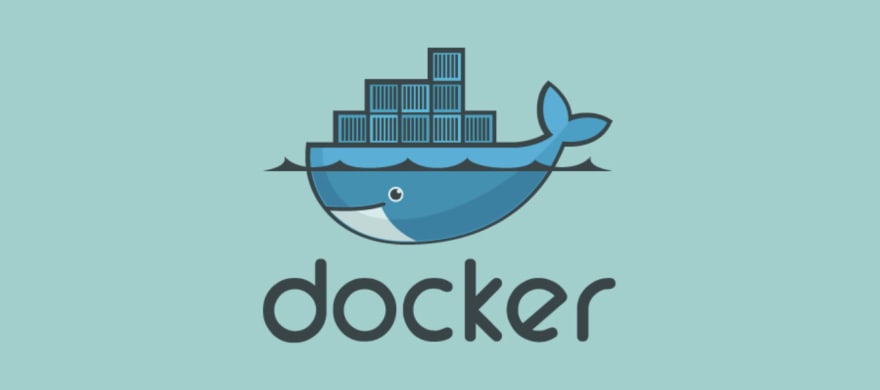
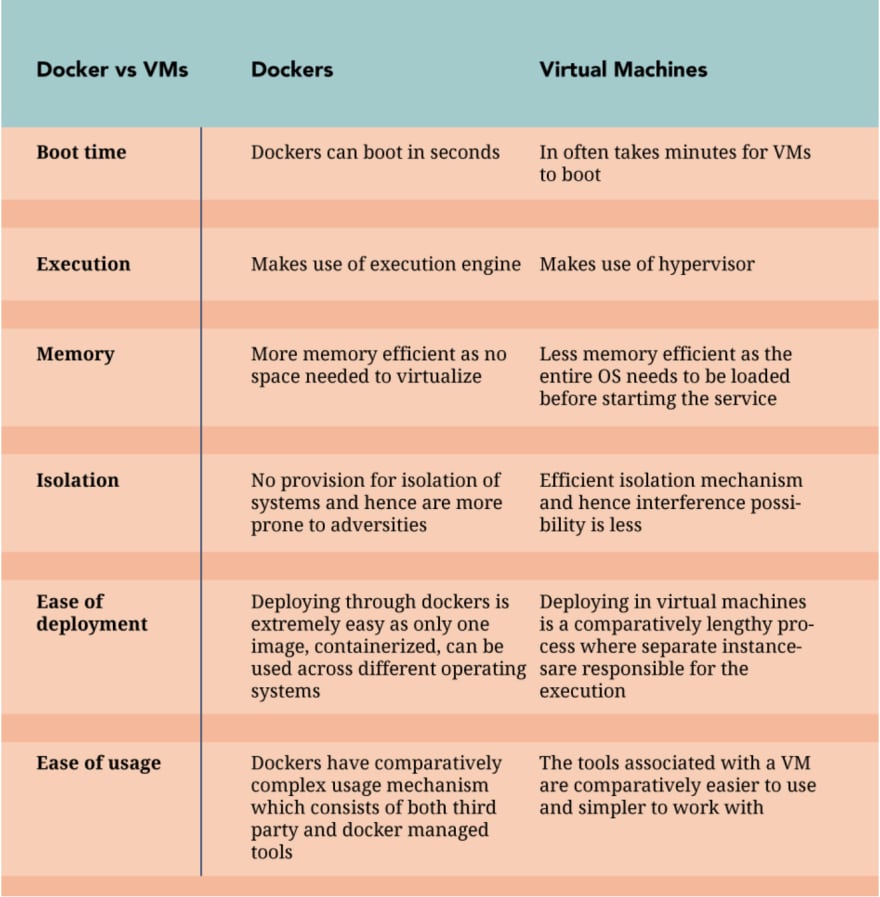
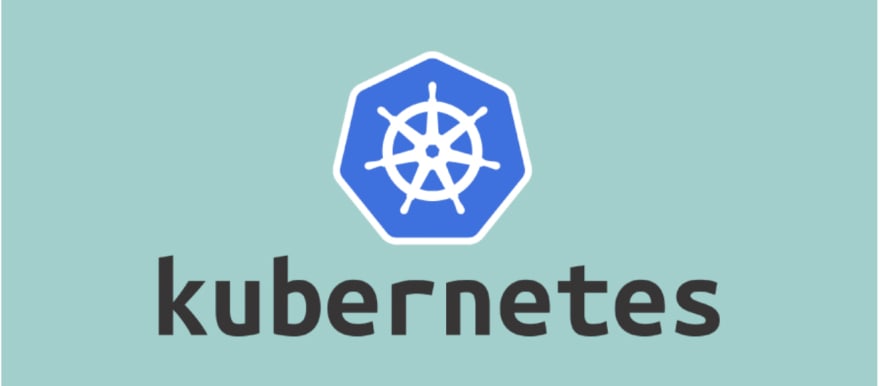
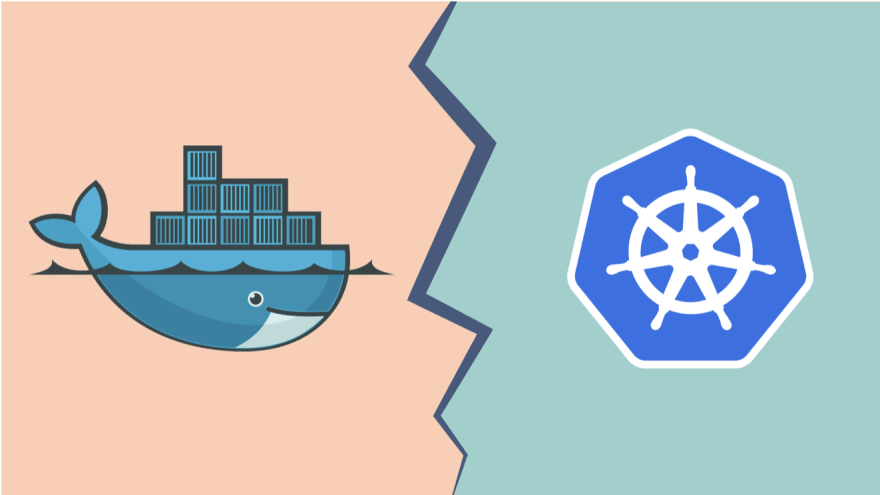
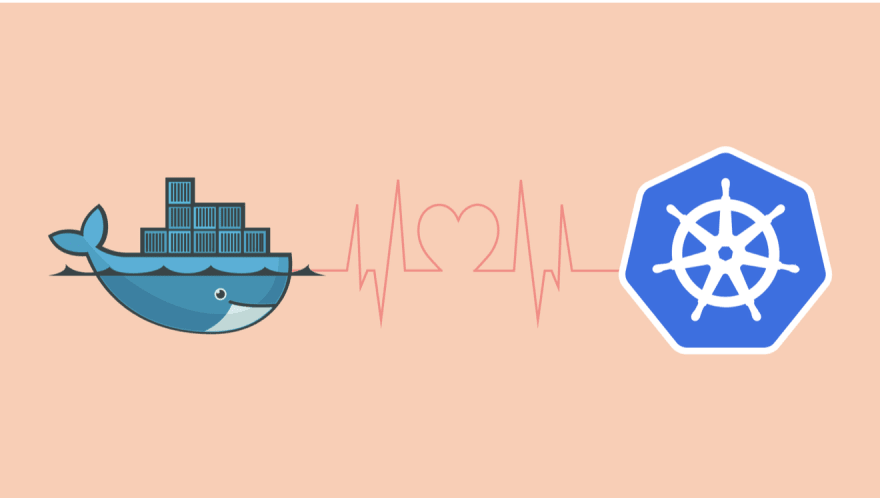
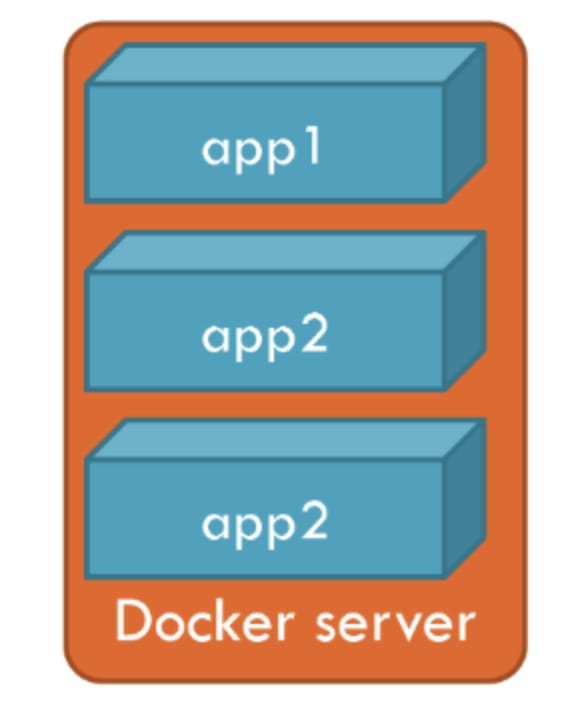
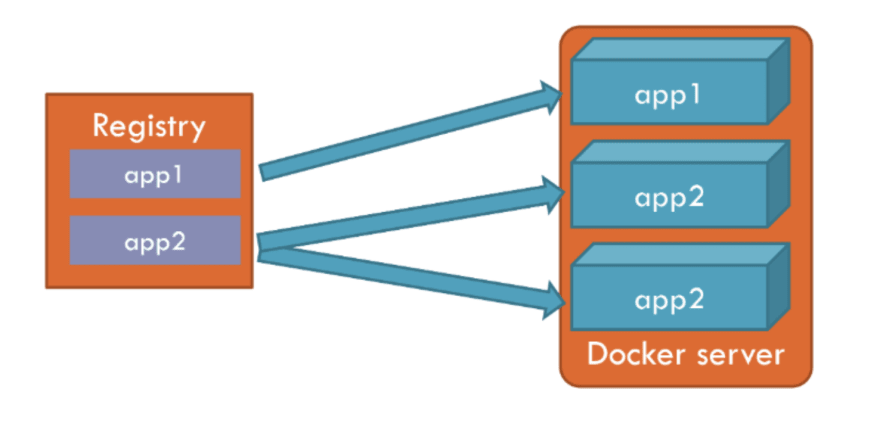
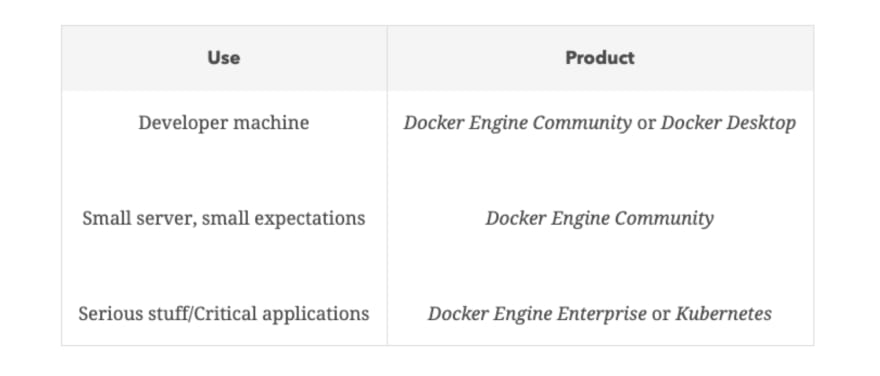

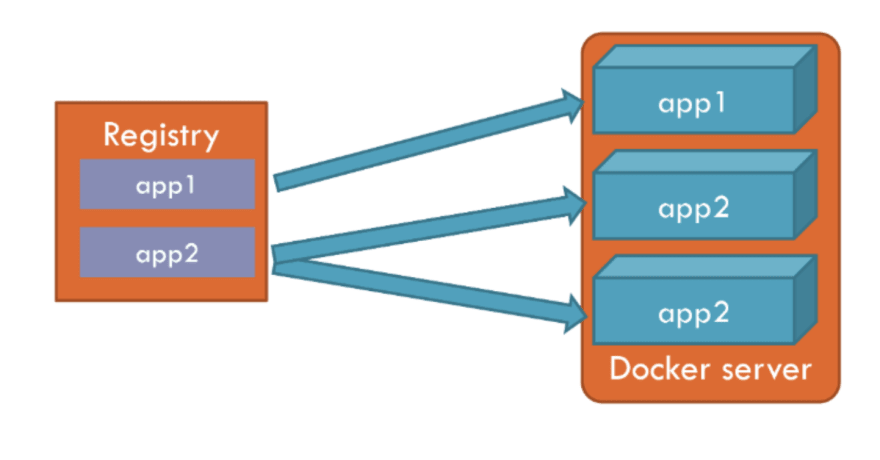
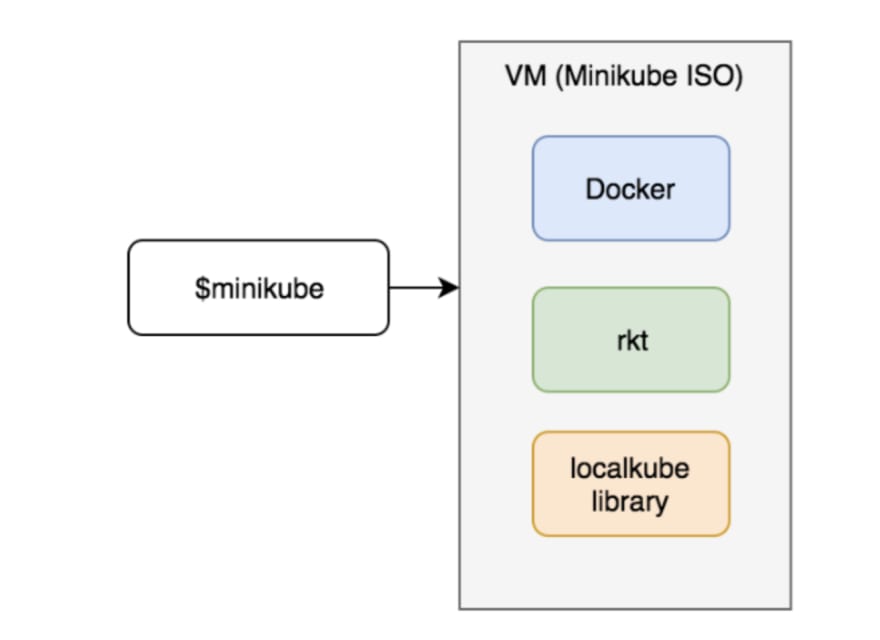





Latest comments (1)
This is a wonderful article.